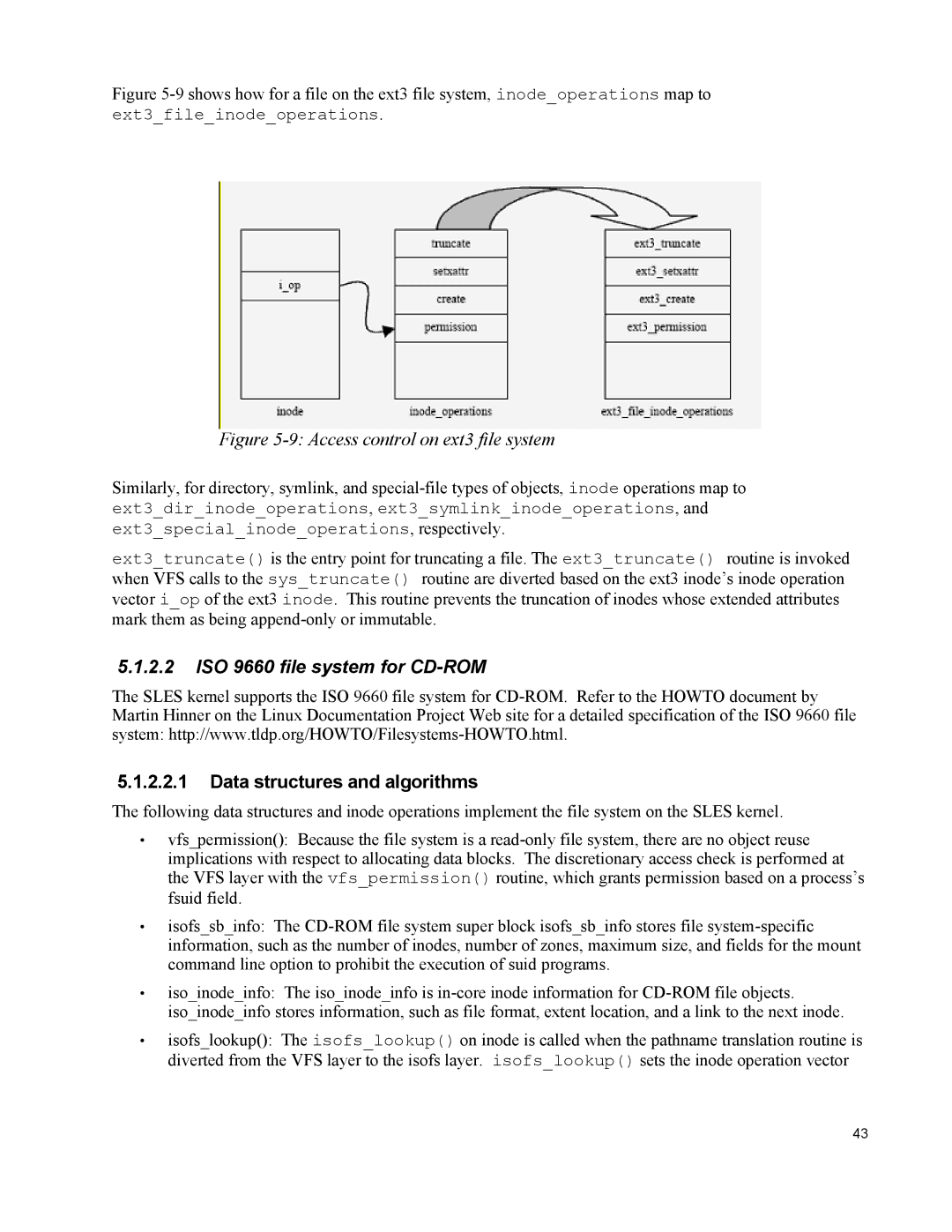
Figure 5-9 shows how for a file on the ext3 file system, inode_operations map to
ext3_file_inode_operations.
Figure 5-9: Access control on ext3 file system
Similarly, for directory, symlink, and
ext3_truncate() is the entry point for truncating a file. The ext3_truncate() routine is invoked when VFS calls to the sys_truncate() routine are diverted based on the ext3 inode’s inode operation vector i_op of the ext3 inode. This routine prevents the truncation of inodes whose extended attributes mark them as being
5.1.2.2ISO 9660 file system for CD-ROM
The SLES kernel supports the ISO 9660 file system for
5.1.2.2.1Data structures and algorithms
The following data structures and inode operations implement the file system on the SLES kernel.
•vfs_permission(): Because the file system is a
•isofs_sb_info: The
•iso_inode_info: The iso_inode_info is
iso_inode_info stores information, such as file format, extent location, and a link to the next inode.
•isofs_lookup(): The isofs_lookup() on inode is called when the pathname translation routine is diverted from the VFS layer to the isofs layer. isofs_lookup() sets the inode operation vector
43
